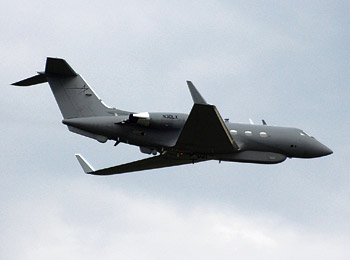INDIAN ARMED FORCES CHIEFS ON OUR RELENTLESS AND FOCUSED PUBLISHING EFFORTS

The insightful articles, inspiring narrations and analytical perspectives presented by the Editorial Team, establish an alluring connect with the reader. My compliments and best wishes to SP Guide Publications.

"Over the past 60 years, the growth of SP Guide Publications has mirrored the rising stature of Indian Navy. Its well-researched and informative magazines on Defence and Aerospace sector have served to shape an educated opinion of our military personnel, policy makers and the public alike. I wish SP's Publication team continued success, fair winds and following seas in all future endeavour!"

Since, its inception in 1964, SP Guide Publications has consistently demonstrated commitment to high-quality journalism in the aerospace and defence sectors, earning a well-deserved reputation as Asia's largest media house in this domain. I wish SP Guide Publications continued success in its pursuit of excellence.
- Indian Air Force Aims for Full Indigenous Inventory by 2047 — Air Chief Marshal A.P. Singh
- General Upendra Dwivedi takes over as the Chief of the Army Staff
- Rajnath Singh assumes charge as Defence Minister for the second consecutive term
- Admiral Dinesh K. Tripathi assumes Command of the Indian Navy as 26th Chief of the Naval Staff
- Prime Minister witnesses 'Bharat Shakti' – a Tri-Services Firing and Manoeuvre Exercise in Pokhran, Rajasthan
Lockheed Martin upgrades flying intelligence test bed

Lockheed Martin’s manned airborne test bed, the Airborne Multi-INT Lab (AML), has been enhanced to expedite its ability to deliver decision-quality intelligence. The AML is utilised to experiment with combinations of sensors, systems and technologies to help customers develop ways to support a diverse range of contingency operations.
To accelerate its ability to transform ‘data’ into ‘intelligence,’ updates were recently made to the AML’s onboard processing capability, which collects and correlates disparate types of sensor data. The AML now has an autonomous sensor control mode that can coordinate operations between the test bed’s various onboard sensors. This mode allows operators to focus on mission planning and operational issues while detailed execution is handled autonomously.
Also integrated into the test bed’s mission system was a cognitive processing capability that enables rapid adaptation to a changing target environment. In addition, the AML’s open, ‘plug-and-play’ architecture was upgraded to extend the system’s ability to integrate with existing ground architectures. This open architecture allows additional new software and hardware to be integrated in a matter of hours.
“Getting the right intelligence to those who need it is critical for any mission to succeed,” said Dr Rob Smith, Vice President of C4ISR for Lockheed Martin. “The AML has furthered our ability to expedite solution delivery, reduce the risk of those solutions, and help us deliver differentiated capabilities affordably to our customers.”
The AML, a modified Gulfstream III business jet, provides a readily reconfigurable platform to rapidly explore how multiple sensors and onboard systems interact, and how to best apply them for use in military and non-military markets. A variety of features onboard the aircraft enable this experimentation. Equipped with a multitude of sensors (electro-optical/infrared systems, synthetic aperture radar, electronic intelligence and communications intelligence) and various communications apertures, the AML also has an open architecture that eases sensor interchangeability, a radome on the belly of the aircraft with ample volume for a mix of sensors, four onboard workstations and a computing capability that supports most commercial operating systems.
Beyond traditional uses such as development and evaluation support, this robust intelligence, surveillance and reconnaissance (ISR) lab can be deployed anywhere in the world with a minimal support footprint. Since its introduction in 2009, the AML has more than 4,000 mission hours providing ‘ISR as a Service’ supporting realworld customer missions.





